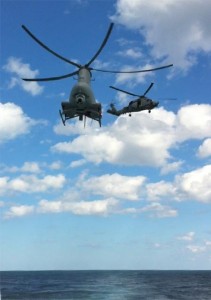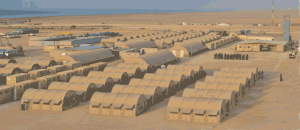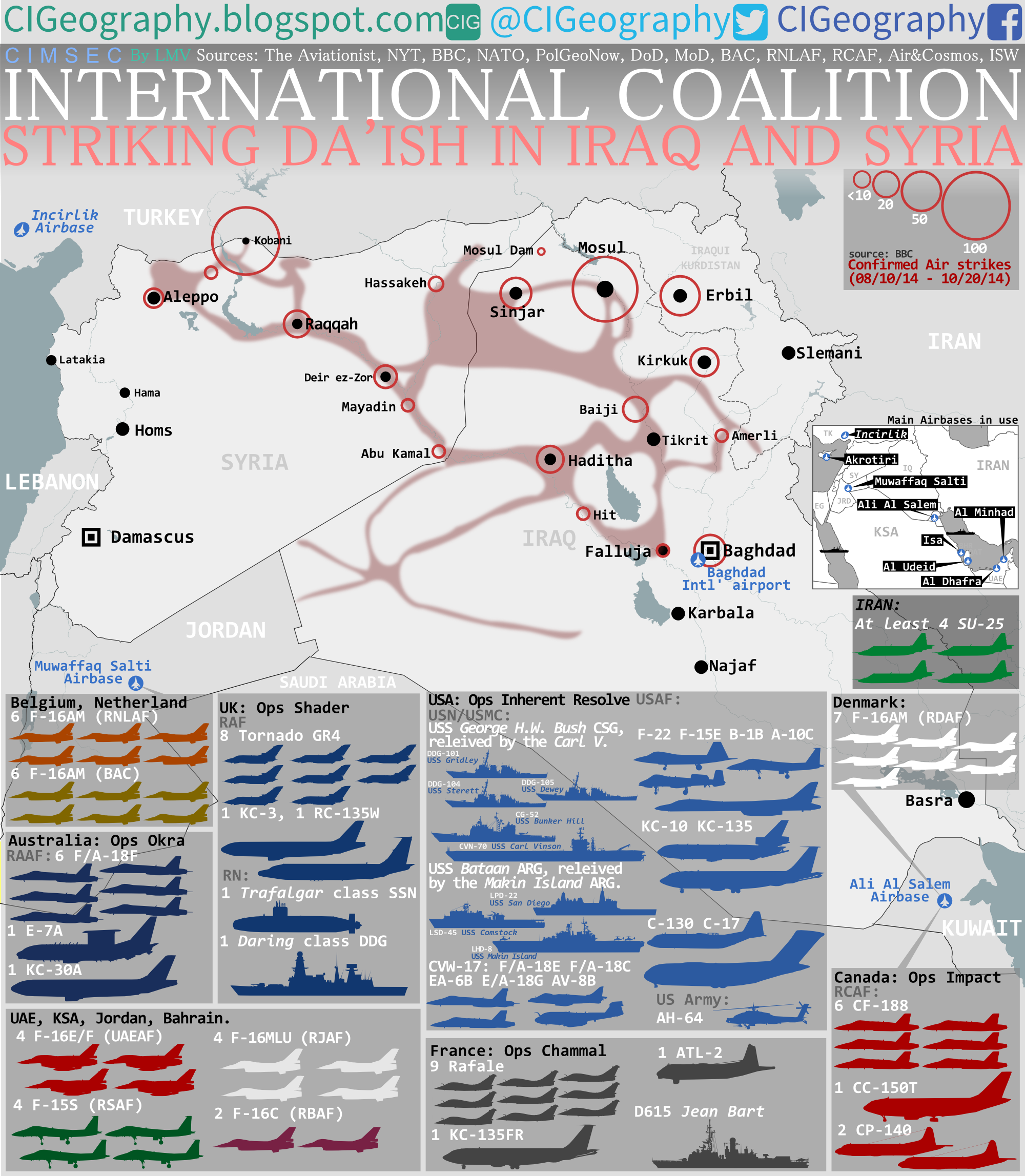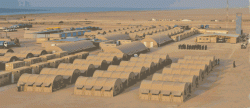Tag Archives: UAE
Unmanned Naval Helicopters Take Off in 2013

The carrier take-off and arrested landings of the U.S. Navy’s X-47B demonstrator have garnered significant press attention this year. Less noticed however, is the rapid development of rotary-wing unmanned aerial vehicles in the world’s navies. Recent operational successes of Northrop Grumman’s MQ-8B Fire Scout aboard U.S. Navy frigates have led to many countries recognizing the value of vertical take-off and landing UAVs for maritime use.
International navies see the versatility and cost savings that unmanned rotary wing platforms can bring to maritime operations. Like their manned counter-parts, these UAVs conduct a variety of missions including intelligence, surveillance, and reconnaissance (ISR); cargo resupply/vertical replenishment; and in some future conflict will perform armed interdiction at sea. However, unlike the two- or three-hour endurance of manned helicopter missions, some of these UAVs can fly 12-hour sorties or longer. Other benefits include the ability for some models to land on smaller decks than manned aircraft, a much lower cost per flying hour, and importantly, limited risk to human aviators. Several international VTOL UAV projects have been recently unveiled or are under development, many of them based on proven light manned helicopter designs. Starting with a known helicopter design reduces cost and technical risks and allows navies to pilot the aircraft in no-fail situations involving human passengers such as medical evacuations.
Poland has two designs in the works, the optionally manned SW-4 SOLO and the smaller composite ILX-27, which will carry up to 300 kg in external armament. In July, the Spanish Navy announced a contract with Saab to deploy the Skeldar V-200 unmanned air system aboard its ships for counter-piracy operations in the Indian Ocean.
Russia’s Berkut Aero design bureau, in collaboration with the United Arab Emirate’s Adcom Systems have announced plans to develop an unmanned combat air vehicle (UCAV) based on Russia’s two-seat coaxial Berkut VL helicopter.
One of Schiebel’s rapidly proliferating S-100s mysteriously crashed in al-Shabaab-held Southern Somalia earlier this year, but in a successful turn-around, Camcopter S-100 conducted at-sea trials with a Russian Icebreaker in the Arctic later this summer.
Back on the American front, in July, Northrop Grumman delivered the Navy’s first improved MQ-8C, a platform largely driven by U.S. Special Operations Command’s requirements for a longer endurance ship-launched aircraft capable of carrying heavier payloads including armament. The Marine Corps’ operational experimentation in Afghanistan with two of Lockheed Martin/Kaman’s K-MAX unmanned cargo-resupply helicopters from 2011 until earlier this year was largely successful, but suspended in June when one of the aircraft crashed while delivering supplies to Camp Leatherneck in autonomous mode. Because of this setback, Lockheed has improved K-MAX’s autonomous capabilities, and added a high-definition video feed to provide the operator greater situational awareness. Kaman has also begun to market the aircraft to foreign buyers. Finally, a Navy Research Laboratory platform, the SA-400 Jackal, took its first flight this summer.
There are minimal barriers to VTOL UAVs wider introduction into the world’s naval fleets over the next few years. How much longer will it take for their numbers to exceed manned helicopters at sea?
This article was re-posted by permission from, and appeared in its original form at NavalDrones.com.
Shore-based Counter-Piracy in Peril

Just as independent analysts and pirates themselves attest to the impact the Puntland Marine Police Force is having on piracy in northern Somalia, pushing bosses from their bases and offering a shore-based solution nearly everyone says is needed, Robert Young Pelton of Somalia Report details the program’s backers, the UAE, has suddenly halted funding (h/t James Bridger):
Around one hundred mostly African and South African expats and their approximately 800 Somali Marines of the Puntland Marine Police Force (PMPF) were left stranded with no cash for food, fuel or salaries.
Back at the PMPF base, just west of Bosaso airport, there now sits millions of dollars in heavy construction equipment, fixed and rotary wing aircraft, ocean-going ships, RHIBs, heavy transport trucks and 4X4 vehicles that suddenly became idle.
This calls into question the plateau in pirate attacks in the first half of the year from the north of the country, as gains on the ground might be reversed with a let up in pressure. According to Somalia Report‘s article, the decision may have come as a result of pressure from the UN which has been critical of the program. Read the full article for speculation on the program’s future.
The announcement also comes on the heels of a report on the human cost of piracy by Oceans Beyond Piracy with a telling rundown of numbers. The following analysis is from gCaptain:
The report found that a total of 3,863 seafarers were fired upon by Somali pirates, down 8% from 2010. Of those, 968 came in close contact with armed pirates who were able to board their vessels and a total of 413 of them were rescued from citadels by naval forces.
A standout number in the report was that the number of seafarers taken hostage in 2011 dropped by 50% with a total of 555, most likely driven by increased security measures taken by crews including the use of armed. In 2010 a total of 1,090 had been taken hostage.
The report adds that a total of at least 1,206 hostages were held captive by Somali pirates in 2011, including the 555 seafarers who fell victim during 2011, 645 who were captured in 2010 and remained captive in 2011, and 6 tourists and aid workers kidnapped on land. The report estimates that the average length of captivity was over 8 months, up 50% over 2010.
Tragically, 35 hostages died during 2011 including; 8 who were killed by pirates during an initial attack or after being taken captive; 8 died from disease or malnutrition while being held; and 19 died in crossfire while being used as human shields and during hostage rescue attempts. Another 3 hostages died after release as a result of abuse they had suffered while in captivity.
In contrast, it is estimated that 111 pirates were killed in 2011 with 78 killed as a result of encounters with naval forces, 30 killed by fellow pirates, and 3 by Puntland police.



